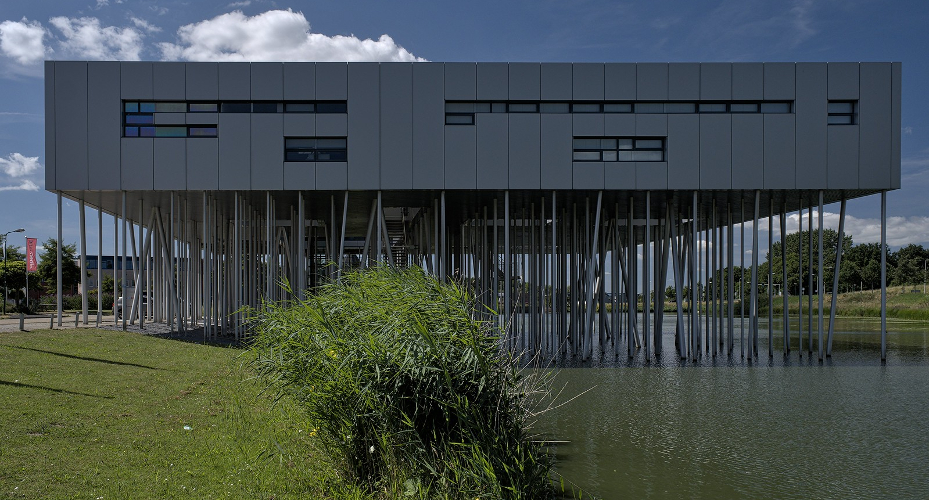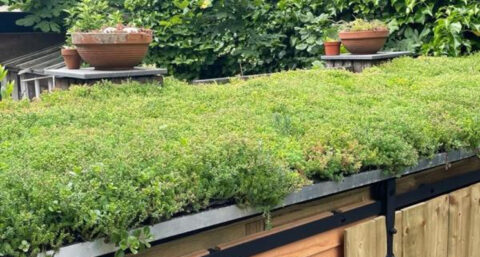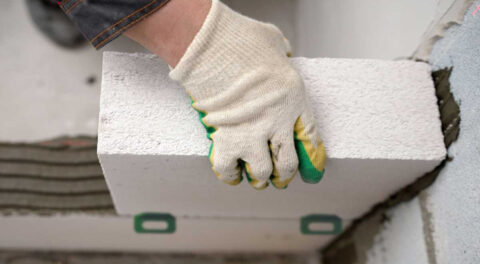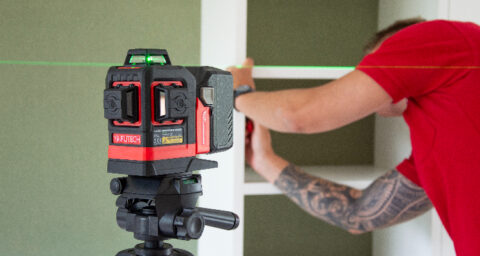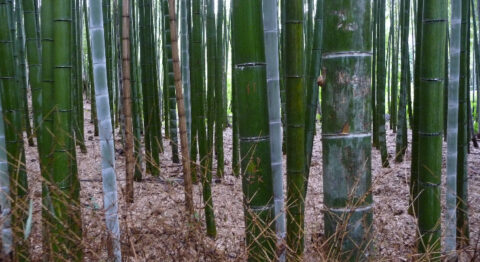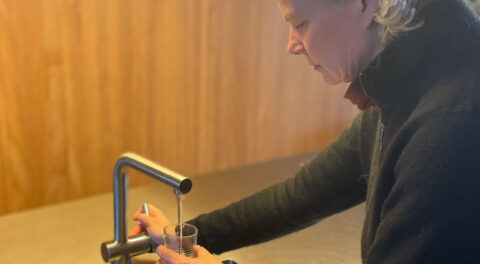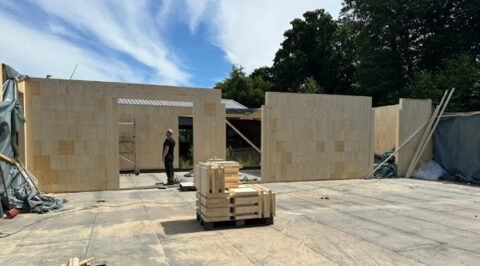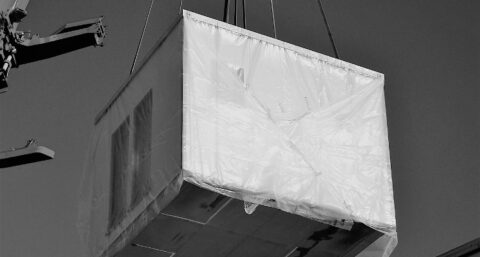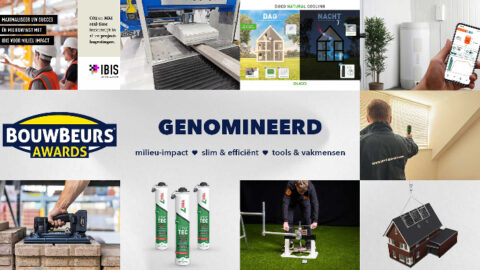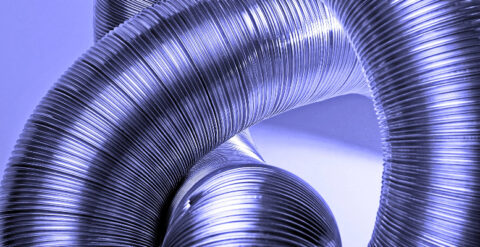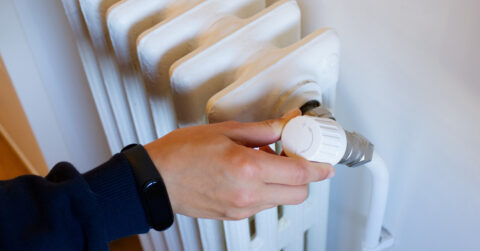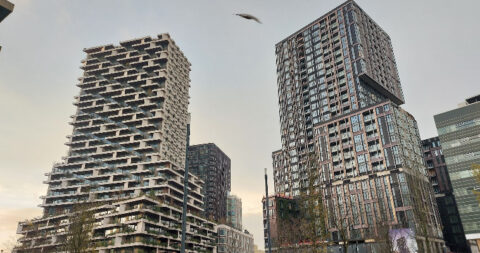Is there already a trend? Perhaps. The fact is that aluminum is increasingly being chosen as cladding. And rightly so, because - besides looking beautiful - it has several advantages.
Durability is one of the most important reasons to make choices in construction. How long will a material last? Is it recyclable? What is the impact of obtaining or manufacturing it? All of these factors have an impact. With aluminum, the answer to the first two questions is positive. It resists all kinds of weathering well, and is infinitely reusable. In industry and also in construction, circularity is increasingly taken into account in the design phase. In terms of material choice, but also when it comes to assembly/disassembly, and whether something can be easily repaired/replaced.
Click system
Processing, of course, is also important. To begin with, aluminum is a very light metal, much lighter than other metals that can be used as cladding, such as zinc, stainless steel (better known as stainless steel) or copper. Aluminum is pressed into long flat or profiled sheets. For the sake of ventilation and to evacuate any condensation moisture, there must be some space between the facade and the aluminum finish. The supporting structure can be wood or steel, but is sometimes also made of aluminum.
Gluing is possible in certain cases and is not visible, but more often mechanical fastening with screws will be chosen; this gives more security. If, for aesthetic reasons, it is important that the suspension system is not in sight, profiles with a click system into which the panels can be pushed offer a solution. Another way is for the panels to have hooks on the back that are slid over a horizontal rail of a profile. From a reuse perspective, gluing is the least good option.
Top layer
Aluminum requires little maintenance. Depending on location and conditions, occasional cleaning is sufficient. It is often powder coated or painted (can be in any RAL color of the rainbow). Structural coating protects the top layer from scratches, among other things. Anodizing is also possible, and that process is the best choice in terms of durability. An electrochemical process turns the top layer of aluminum into an oxide layer. Thus, no foreign substance is applied to the metal, which means that the material is perfectly suitable for recycling.
Appearance
Architects often choose aluminum because it really gives a facade a special look. It stands out, looks sleek and tough, and immediately gives a building a modern look. A whole skin of aluminum is possible, one facade or part of one, but even a few accents on a facade that is otherwise made of stone do something to the "looks" of a building. Aluminum cladding is suitable for new construction but can also be a nice upgrade in a facade renovation.
